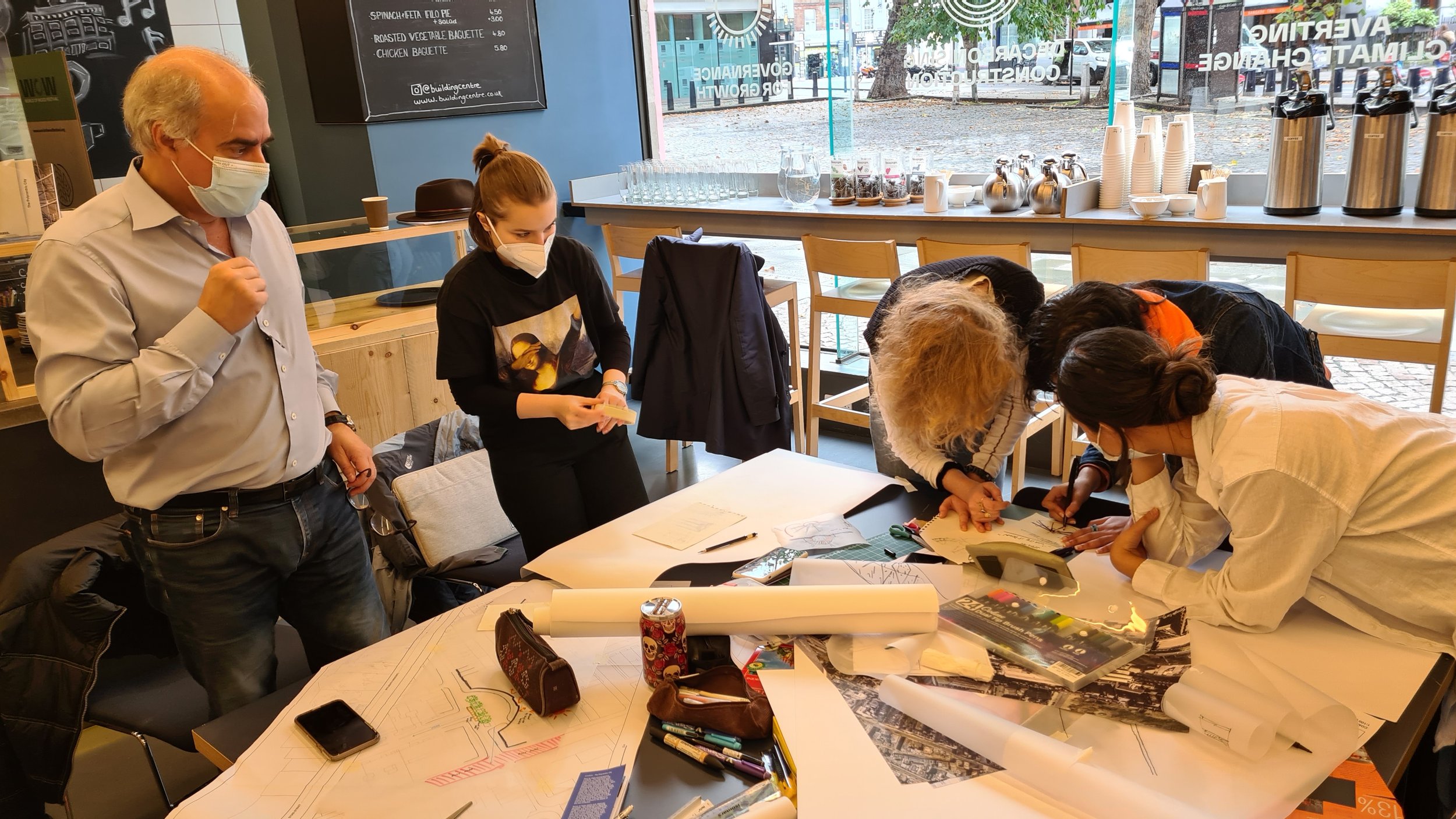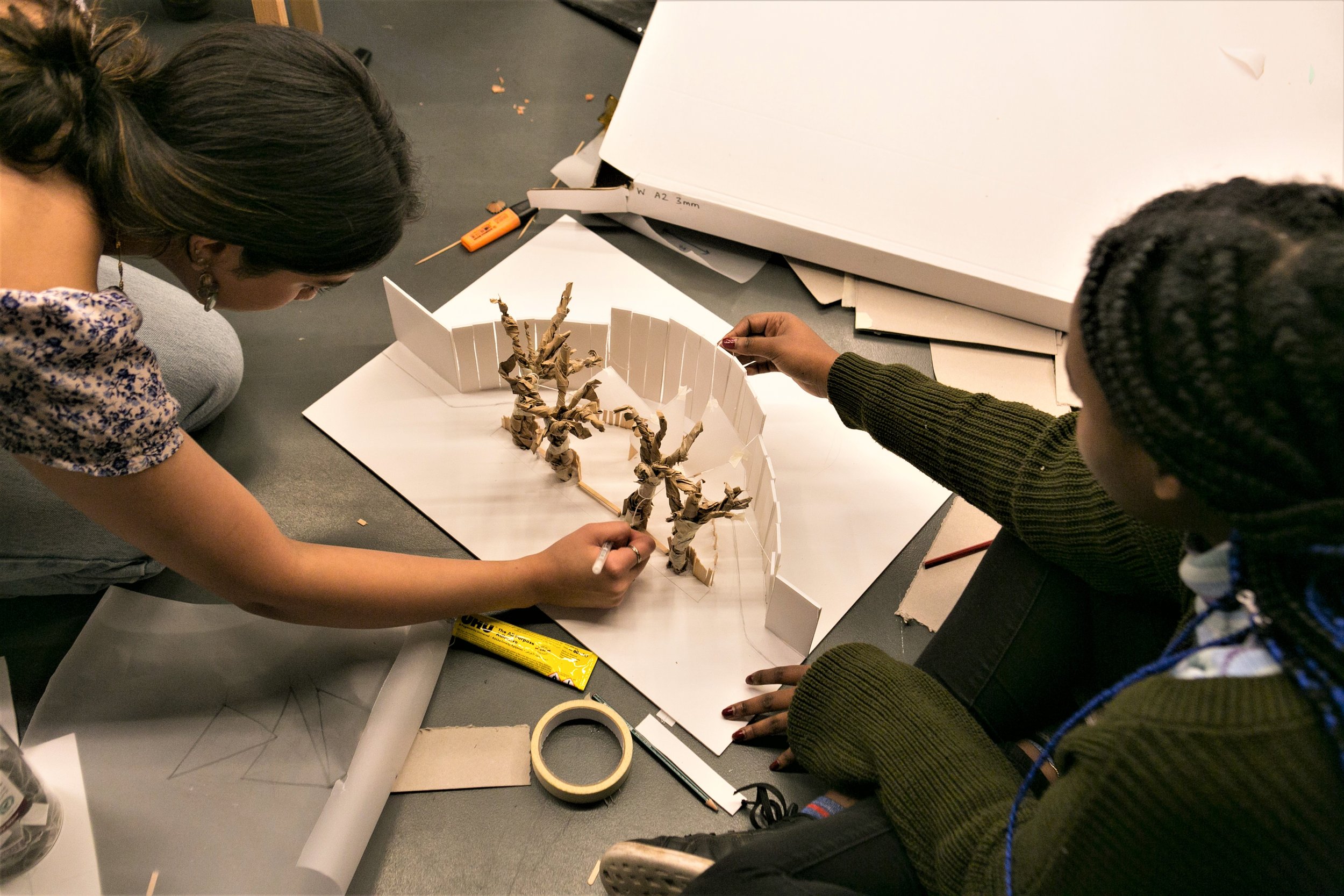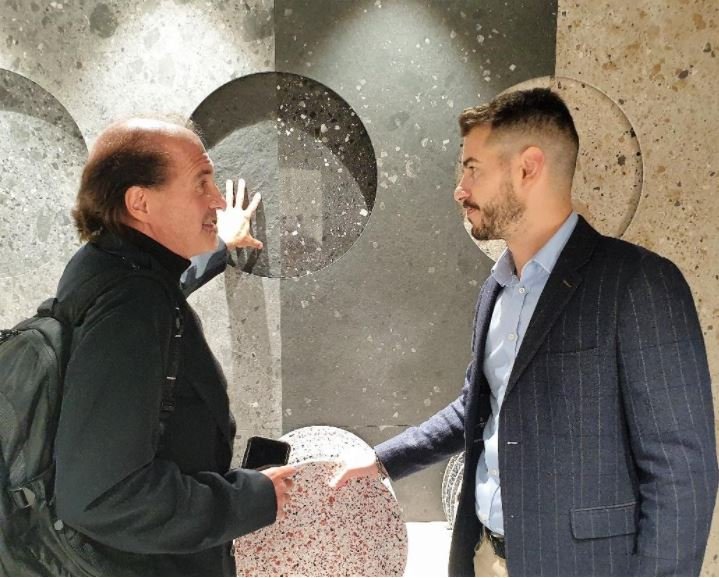Chris Wilkinson, Double Stirling Prize Winner, Dies Age 76
Fiona Mckay
The AIA UK board is very sad to hear of the passing of Chris Wilkinson, OBE, FAIA on the 14th of December. Chris was the founding partner of London based Wilkinson Eyre Architects. Chris was a member of the AIA UK and a good friend of the Chapter, presenting lectures and participating on design juries. Chris was nominated by the Chapter and awarded an Honorary Fellowship by the AIA in 2007 for his distinguished achievements in design.
Chris was one of a band of Architects that emerged with a new era of modernists in the early 1980s after working with Foster + Partners. Founding his practice in 1983, he was a great believer in bridging art and science and using technology and materials to combine a commitment to the spirit of the new with an awareness of context. This approach won the practice numerous awards, including the prestigious RIBA Lubetkin Prize for both the Guangzhou International Finance Centre and the cooled conservatories at the Gardens by the Bay in Singapore. His practice also won the RIBA Stirling Prize for Architecture for the Gateshead Millennium Bridge and Magna. Notable UK projects include, RHS Hilltop, Surrey, Weston Library, Oxford, Royal Ballet School, London, and stands at Lord’s Cricket Ground, London.
Chris is quoted, “Our projects give us scope to fulfil our love of design, and to make a worthwhile contribution to society. Each project is an opportunity to explore new ideas, and to try and build good architecture.”
Chris will be greatly missed, and our thoughts are with is family, partners, and colleagues at this difficult time.











































